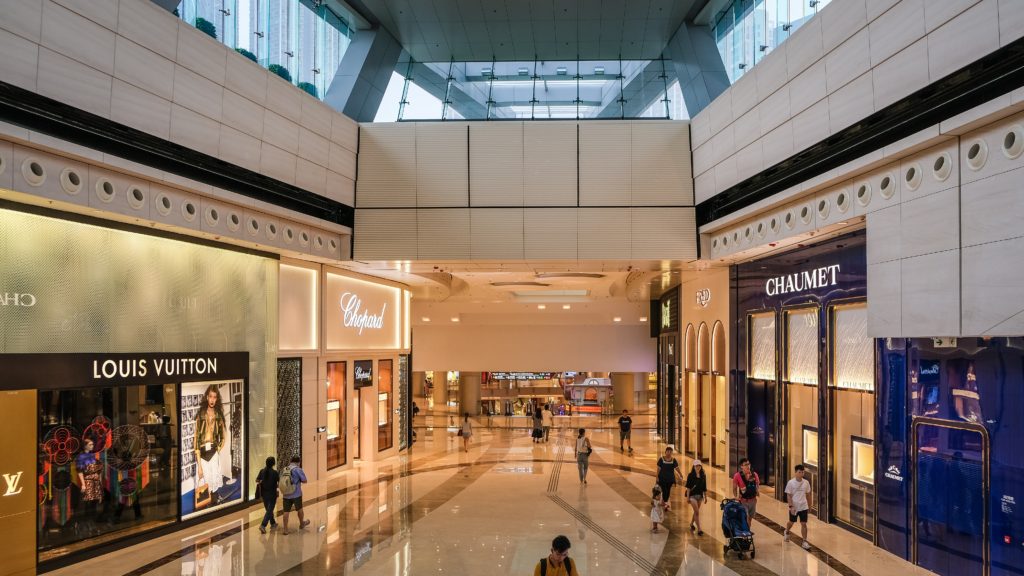
Published — June 1, 2022
The following post does not create a lawyer-client relationship between Alburo Alburo and Associates Law Offices (or any of its lawyers) and the reader. It is still best for you to engage the services of your own lawyer to address your legal concerns, if any.
Also, the matters contained in the following were written in accordance with the law, rules, and jurisprudence prevailing at the time of writing and posting, and do not include any future developments on the subject matter under discussion.
Read also: HIGHLIGHTS OF THE GUIDELINES FOR AREAS PLACED UNDER MODIFIED ENHANCED COMMUNITY QUARANTINE
Under the Omnibus Guidelines on Community Quarantine issued by the Inter Agency Task Force (IATF) dated 29 April 2020, limited operations in malls and shopping centers are allowed except for leisure establishments and services which shall continue to be closed. The establishments and services allowed to operate in malls and shopping centers may only operate at maximum of 50% work-on-site arrangement. Further, those ages below 21 years old, and those 60 years old and above may not enter malls and shopping centers, except when indispensable under the circumstances for obtaining essential goods and services or for work in establishments located therein.
Accordingly, Department of Trade and Industry (DTI) has issued Memorandum Circular No. 20-21 providing for the guidelines for malls and shopping centers offering non-leisure products and services in areas under general community quarantine.
In addition to the minimum health standards prescribed by the DOH and the DTI-DOLE Interim Guidelines on Workplace Prevention and Control of COVID-19, mall and shopping center operators in General Community Quarantine (GCQ) areas shall establish and maintain the following measures:
- Strictly monitoring foot traffic and enforcing safe distancing inside the shopping or mall by:
- Limiting the number of people inside the mall or shopping center or inside an individual store, at any given time to a density of not more than one (1) person per two (2) square meters: entry of people shall be limited to the computer carrying capacity of the establishment. Carrying capacity is equal to the total square meters of vacant walkable space divided by two (2); Thus, a 200 square meter vacant space can accommodate 100 people at any time;
- The number of open mall entrances may be reduced to better manage the foot traffic inside the mall;
- Senior citizens, pregnant women, and persons with disabilities (PWD) obtaining essential goods are allowed only one (1) companion;
- Ensuring social distancing of people (1 meter apart) at all times;
- Assigning personnel to regulate foot traffic in high-density areas, e.g., comfort rooms, supemarkets, etc.;
- Ensuring that customers stand on every other step of the escalator to maintain safe distancing;
- Limiting access to elevators to senior citizens, persons with disabilities (PWD), and pregnant women and limiting passengers to only half of the original standard capacity of the unit;
- Marking or reducing the seats available for customers to use while waiting;
- Creating one-way flow, where possible, to decongest queues and facilitate movement; and
- Increasing police visibility, should there be a need to enforce strict physical distancing.
- Assigning a centralized pick up location for stores with delivery/pickup service where delivery service providers can pick up goods;
- Regulating air conditioning inside the mall to 26 degrees centigrade;
- Turning off free Wi-Fi for customers;
- Suspending the conduct of sale events, marketing events, and other promotions which tend to attract large crowds; and
- Implementing other measures that mall and shopping center operators may find necessary (e.g., express lanes)
Alburo Alburo and Associates Law Offices specializes in business law and labor law consulting. For inquiries, you may reach us at info@alburolaw.com, or dial us at (02)7745-4391/0917-5772207.
All rights reserved.
SUBSCRIBE NOW FOR MORE LEGAL UPDATES!
[email-subscribers-form id=”4″]


